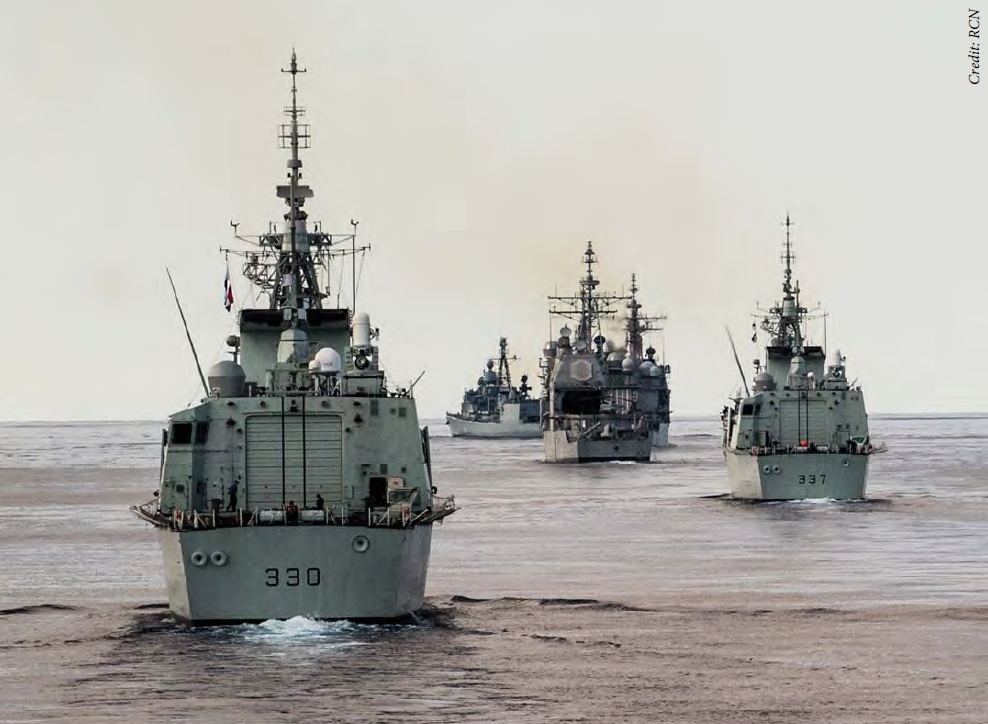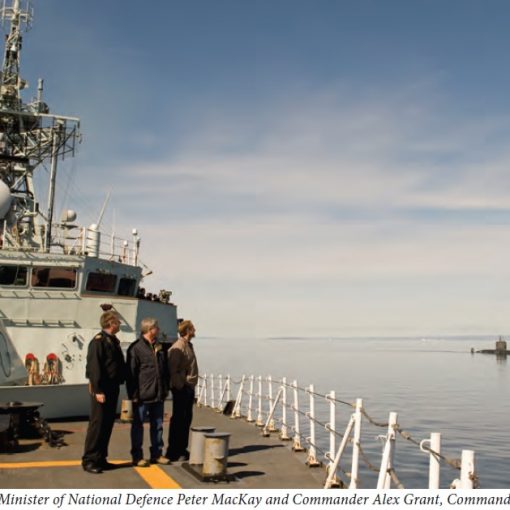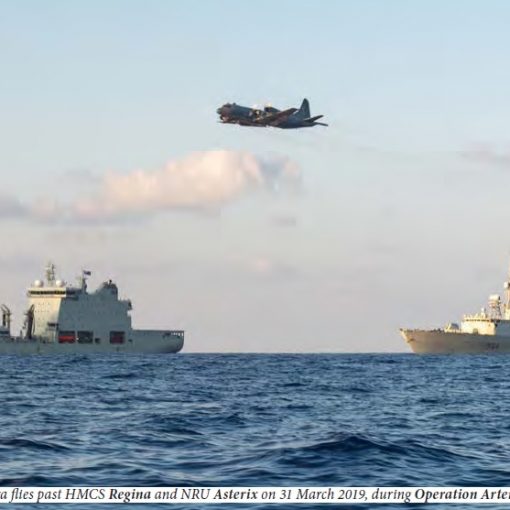Procrustes, 23 July 2020.
Are cost overruns the norm in Canadian naval shipbuilding? If so, why?
The Canadian warship procurement system is centrally oriented to keeping Canadian shipbuilders in business. Ottawa’s cost concerns and the navy’s scheduled delivery goals are only secondary considerations. The operating assumption is that, once construction programs are approved, the government has little realistic option to sticking with the selected shipyard, regardless of cost overruns and delivery slippages. Time and money are on the shipbuilder’s side. And, the taxpayer will always pay.
In reflecting upon the current naval construction programs under the NSS, it is no longer easy to find those (other than the shipbuilders themselves) who are prepared to argue that more than $2 billion is justified for a 20-year old variant of a Joint Support Ship (JSS), or that $5 billion is warranted for a medium capability surface combatant. One suspects that both the shipyards and the navy are well aware that these two programs are likely to be last major ships built in Canada, and are therefore determined to make the most of this opportunity.
But has this opportunity already disappeared? In a national economy crippled after only a few months of Covid-19 concerns, Ottawa may resort to a funding strategy which it employed on both the New Fighter Aircraft (NFA) and Canadian Patrol Frigate programs of the late 1970s and early 1980s, namely envelope funding. Basically, what this could mean is that Ottawa will dictate a certain absolute maximum funding envelope for the Canadian Surface Combatant (CSC) program and then leave it up to the navy to decide how many frigates with what capabilities it is willing to procure from whatever shipbuilders it chooses. In the NFA example, this approach forced the air force to choose either approximately 60 or so cutting edge F-15s (which the air force wanted), or some 130 less capable F-18s. In the end, the air force chose the latter option, because numbers really did matter when replacing two separate fleets of fighter aircraft.
Put another way, suppose the Cabinet decides to allocate only $35 billion for the entire CSC program. The navy might then be faced with the choice between 6-7 CSC frigates built in Canada, or approximately 30 FFG(X) frigates of the type the US Navy is currently procuring and which Canada may be able to purchase more or less ‘off-the-shelf.’ Which option would the navy choose? Would the slight capability advantages of the former offset the numerical advantages of the slightly less capable fleet of the latter option? Greater numbers permit potentially higher availability rates for ready forces, and offset one of the main flaws of the high quality/less quantity approach, namely the fact that no matter how capable a warship is, it cannot be in two places at once. In addition, the loss of a highly capable warship for whatever reason may have a greater impact than the loss of a smaller, less capable ship on overall fleet effectiveness. As the old adage goes, ‘quantity has a quality of its own.’[1]
Our current government is unlikely to admit that the NSS cannot simply proceed with more delays and sharply rising costs and abandon our two main shipbuilders entirely. However, given the current economic climate and a minority Parliament, our political leaders may be compelled to alter course dramatically with the NSS. One possible result may be far fewer frigates with drastically reduced capabilities. For the Joint Support Ship program, perhaps Ottawa will cut its order to a single vessel, and then contract with Davie for one or two more leased tankers. In both cases, program reductions may be the new reality, and this time around, both the navy and the shipbuilders may find that they have priced themselves out of the business-as-usual/the taxpayer-will-always-pay game.
References
- Major Charles L. Fox and Lieutenant Colonel Dino A. Lorenzini, “How Much is not Enough? The Non-Nuclear Air Battle in NATO’s Central,” Naval War College Review, 33:2 (March-April 1980), 68. For a more recent discussion relating to Canada’s present situation, see, Commander C.R. Wood, “Quality Versus Quantity: Lessons for Canadian Naval Renewal,” Canadian Forces College, JCSP 45 (15 October 2018).





2 thoughts on “Some Thoughts about National Shipbuilding Strategy (NSS) Costs”
The NFA number was 140 Hornets, two pared to pay for bilingual signage. The most delusional part of NSS is calling an AOR a JSS as the ships building have NO troop carrying capacity.
I agree Dave with your comment on calling the new Protecteur class a JSS. It is an AOR and that is what it will always be. Nothing wrong in that. We sure need them! However I would not go as far as to say they have no troop transport capability. They could probably carry a company of soldiers (max) in a pinch. What we really need is a “true” Sealift Capability to carry at least Batallion strength troops with helicopters or for Humanitarian Assistance/Disaster Relief (HA/DR) missions.